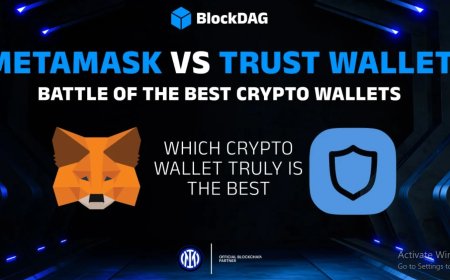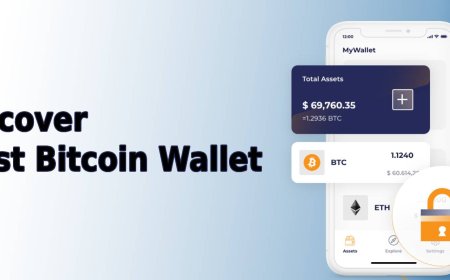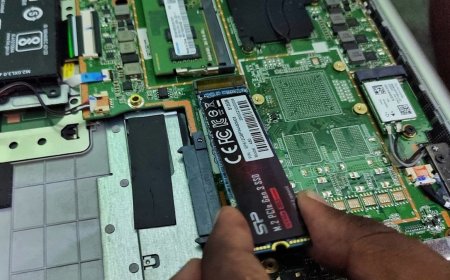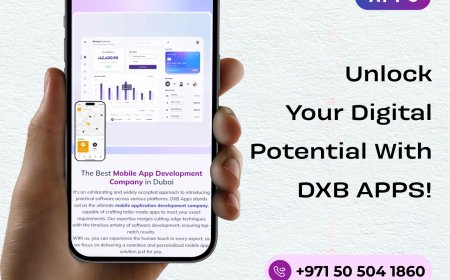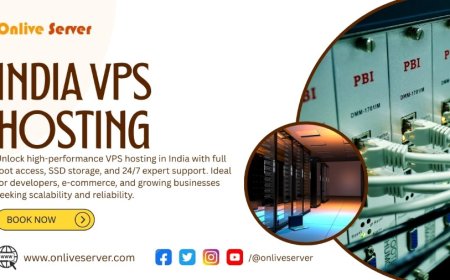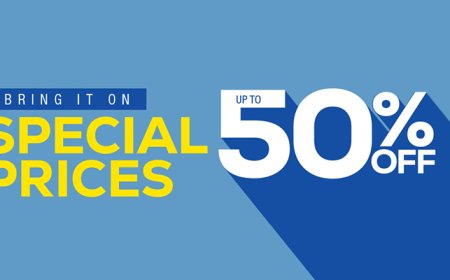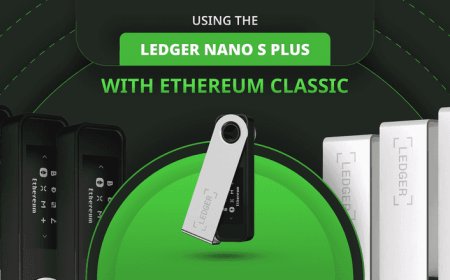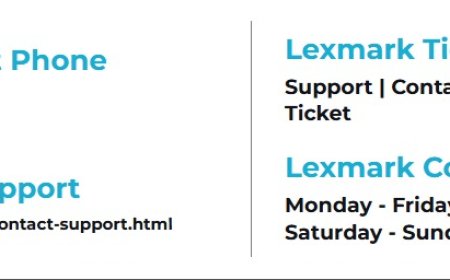How to Leverage ZK Rollup Development for Web3 Product Launches
Whether you're building the next decentralized finance protocol, an NFT game, or a tokenized infrastructure product, embracing ZK Rollups in your product strategy positions your project for scalable success in the new digital frontier.

The Web3 ecosystem, with its promise of decentralized ownership and trustless protocols, has grown rapidly over the last few years. However, as blockchain adoption increases, so do the challenges associated with scalability, transaction fees, and user experience. One of the most promising solutions to these bottlenecks isZero-Knowledge Rollups (ZK Rollups)a technology that enhances blockchain throughput without compromising on security or decentralization.
For startups and enterprises aiming to launch Web3 products, ZK Rollup development offers a strategic path to scalable, secure, and efficient deployments. But leveraging this powerful technology requires a thoughtful approachboth from a development standpoint and a business one. This article explores how to effectively utilize ZK Rollup development in your Web3 product launch, unlocking real performance advantages while ensuring future-ready infrastructure.
Understanding ZK Rollups in a Web3 Context
Before diving into application, its important to establish a solid understanding of what ZK Rollups are and how they function within the blockchain stack. In simple terms, ZK Rollups are alayer 2 scaling solutionthat bundles hundreds or thousands of transactions off-chain, computes them, and posts a cryptographic proof (specifically, a zero-knowledge proof) to the Ethereum mainnet or another base layer.
The advantage of this approach is twofold. First, the computational work is done off-chain, which drastically reduces on-chain congestion. Second, the proof guarantees correctness, meaning the blockchain can trust the outcome without needing to verify each transaction individually. This leads to faster, cheaper, and more private interactions while maintaining the base layers security.
For businesses developing Web3 productswhether thats a decentralized exchange, NFT platform, gaming dApp, or a financial services protocolZK Rollups present a vital opportunity to enhance performance and user experience, two critical factors for mass adoption.
The Business Case for ZK Rollups in Product Launches
Launching a new Web3 product isnt just a technical exerciseits a business challenge that involves community building, security compliance, long-term sustainability, and investor confidence. ZK Rollups can positively influence all these dimensions when strategically integrated into the launch architecture.
From a performance perspective, ZK Rollups allow you to handle higher transaction volumes without requiring users to pay exorbitant gas fees. This creates a smoother onboarding process, especially for users unfamiliar with blockchain friction. In a competitive environment where latency and cost can dictate product success, this efficiency becomes a key differentiator.
On the compliance and trust side, zero-knowledge proofs offer an added layer of privacy and verifiability. This is especially important in sectors like identity, finance, and data-sensitive applications where trust in computation is crucial. By enabling users to validate outcomes without exposing their underlying data, ZK Rollups support a more secure digital economy.
Moreover, by reducing operational costs and blockchain bloat, ZK Rollups help Web3 projects scale economically. This improves the long-term viability of the platform, which can be a major value-add for investors and community stakeholders alike.
Choosing the Right ZK Rollup Framework
One of the early decisions a project team needs to make when considering ZK Rollup development is choosing the appropriate framework or protocol to build upon. Several notable ZK Rollup platforms are gaining traction, including zkSync, Starknet, Polygons zkEVM, Scroll, and others. Each offers slightly different features, performance benchmarks, and developer tooling.
Your decision should align with your technical requirements, developer team skill set, and strategic vision. For instance, zkSync is known for its developer-friendly environment and focus on general-purpose dApps, while Starknet supports Cairo, a custom language optimized for zero-knowledge proof generation. Polygons zkEVM offers full Ethereum compatibility, which could simplify migrations for Ethereum-native applications.
Making the right choice here is critical because the Rollup environment not only impacts transaction costs and scalability but also shapes future protocol upgrades, tooling integration, and even marketing narratives. Partnering with experienced ZK Rollup consultants or blockchain infrastructure experts can help you navigate this decision effectively.
Building with ZK Rollups: Development Considerations
Once your framework is selected, the development phase begins. Building with ZK Rollups doesnt mean you abandon smart contract logic or core blockchain principles. Instead, it means architecting your product in a way that offloads computation-intensive processes to layer 2 while keeping critical validations rooted in layer 1.
This often involves rethinking your smart contract design. For example, youll need to create contracts that can interface with the Rollup layer for state transitions and manage token bridges between the mainnet and your rollup-based execution layer. Fortunately, most mature ZK Rollup ecosystems provide software development kits (SDKs) and libraries that abstract away much of the low-level complexity.
Its also crucial to consider how your product will handle user onboarding. ZK Rollup-based systems often require users to deposit tokens into the Rollup layer via a bridging interface, which could be a friction point. Designing this experience to be seamless and intuitive is essential for adoption. Wallet integrations, automatic bridging, and UX simplification play a big role in how users perceive your products ease of use.
Security testing is another critical component of development. While ZK Rollups are secure by design, your implementation of business logic, custom smart contracts, or user interfaces must be audited and stress-tested to ensure there are no vulnerabilities or exploit surfaces. Leveraging third-party audits and open-source communities can further strengthen your products credibility.
Launch Strategy: From Testnet to Mainnet
When preparing to launch your Web3 product on a ZK Rollup, consider deploying a testnet version first. This allows for essential user feedback, bug detection, and community engagement. Running a campaign around your testnetcomplete with incentives and gamified taskscan help you build an initial user base and test the performance of the ZK Rollup under real-world load.
Your transition to mainnet should be orchestrated carefully. This includes timing the deployment with marketing campaigns, coordinating announcements across channels, and preparing liquidity and token distribution mechanisms if your product involves a native token. The ZK Rollup framework will also determine some aspects of this rollout, such as withdrawal periods, bridging mechanisms, and governance setup.
A major advantage during launch is that ZK Rollup scalability allows for aggressive growth without hitting gas price ceilings or performance degradation. You can onboard thousands of users in a short timeframe, execute micro-transactions, and run complex computationsall with minimal cost impact. This opens new possibilities for go-to-market strategies, especially for gaming, DeFi, and consumer social applications.
Post-Launch Optimization and Ecosystem Integration
Launching on ZK Rollups is just the beginning. Once your Web3 product is live, continuous optimization is needed to ensure long-term success. Monitor transaction throughput, user feedback, and latency metrics to identify performance bottlenecks or usability issues. Iterative development cycles and on-chain analytics will guide your roadmap and help you prioritize new features or UX enhancements.
Another key area isecosystem integration. Many ZK Rollup platforms are part of broader blockchain ecosystems. Being part of zkSync, Starknet, or Polygon zkEVM ecosystems gives you access to developer grants, marketing collaboration, and liquidity incentives. Taking advantage of these networks can amplify your reach and accelerate adoption.
You should also explore integrations with other layer 2 or cross-chain tools. This could involve integrating cross-rollup bridges, deploying oracle services like Chainlink or Supra, or connecting to other rollup-native protocols. By building composability into your architecture, your Web3 product can extend its utility beyond its original scope and participate in the larger decentralized economy.
Future-Proofing Your Web3 Product with ZK Rollups
ZK Rollups are still evolving, and many believe they represent the future of Ethereum scaling. Innovations like recursive proofs, on-chain data availability layers, and rollup interoperability are making ZK technology more powerful and accessible. By adopting ZK Rollup infrastructure early, your Web3 product positions itself on the leading edge of blockchain technology.
However, future-proofing goes beyond technology. It also means preparing your business for the evolution of regulatory landscapes, user behavior, and protocol standards. The privacy-preserving capabilities of zero-knowledge proofs may soon become a requirement in industries like finance, healthcare, or government applications. Being aligned with these trends not only boosts your products adaptability but also its appeal to enterprise clients and investors.
ZK Rollups also align well with emerging narratives in AI-on-chain, decentralized identity (DID), and confidential computing. If your Web3 product roadmap intersects with any of these domains, leveraging ZK Rollup infrastructure today can simplify future integrations and reduce technical debt.
Conclusion:
ZK Rollup development is more than just a scaling solutionit is a catalyst for a more efficient, privacy-first, and composable Web3 ecosystem. For founders and product teams planning a new Web3 launch, integrating ZK Rollups into your technical and strategic framework unlocks critical advantages in cost, speed, security, and long-term scalability.
From selecting the right platform to crafting intuitive user experiences and engaging post-launch optimizations, the power of ZK Rollups lies in how you implement and leverage them. As the blockchain world shifts toward rollup-centric architectures, early adopters who master this technology will define the next wave of Web3 innovation.










